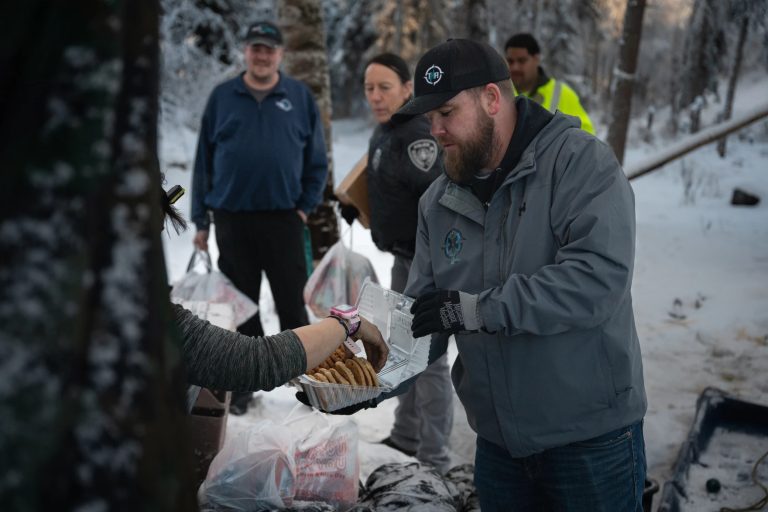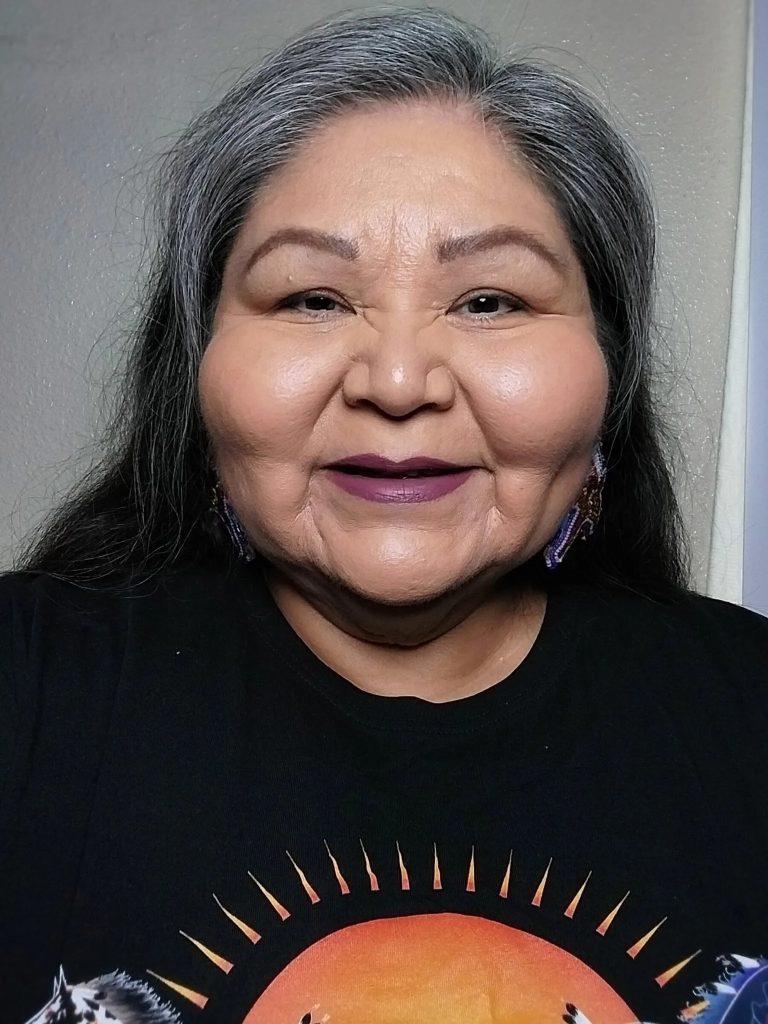Podcast: Play in new window | Download | Embed

Anchor: Antonia Gonzales
The fight to protect Bears Ears National Monument in Utah continues, says a Native advocate.
In 2016, President Barack Obama designated more than one million acres of Bears Ears as a national monument.
President Donald Trump in 2017 then slashed protections and opened up lands to development.
In 2021, President Joe Biden returned protections to Bears Ears.
The state of Utah and two counties filed a lawsuit in August challenging Biden’s protections arguing its federal overreach and are asking for a congressional solution for conservation and management.
Navajo advocate Davis Filfred has been fighting for the protection of Bears Ears since President Obama was in office and through each new presidential administration.
Filfred says while he cannot comment on the litigation, he says a coalition of Indigenous people and tribes remain committed to protecting Bears Ears.
“It’s our culture, it’s our language, it needs to be protected.”
 Filfred says the area, which has cultural sites and holds traditional and religious importance to tribes, is being threatened by ranchers, hunters, recreation users, and looters.
Filfred says the area, which has cultural sites and holds traditional and religious importance to tribes, is being threatened by ranchers, hunters, recreation users, and looters.
“We have lot of people who loot the place, hunting for pottery, we have grave diggers, these are big issues that are not (being exposed) out there, but it’s out there and it’s happening. These places, there are a lot of places where ATVs are forbidden people go in these areas. There’s lots of issues.”
Filfred says he knows the public will continue to access the area and asks for respect.
“Be mindful if you are coming into these areas, take nothing but pictures, and if you’re going to leave anything behind, no trash. The only thing you’re going to leave is your footprints.”
Filfred discussed the fight for Bears Ears during an event at the University of New Mexico in Albuquerque on Wednesday.
 A popular fishing site on the Columbia River for the Yakama Nation has been listed as a Superfund site by the federal government.
A popular fishing site on the Columbia River for the Yakama Nation has been listed as a Superfund site by the federal government.
As Eric Tegethoff reports, the hard part comes next.
Toxins near Bonneville Dam at a place called Bradford Island prompted the U.S. Environmental Protection Agency to put the area on the National Priority List in March.
Laura Klasner Shira is an environmental engineer with the Yakama Nation Fisheries program. She says the area near Bradford Island is a toxic soup for resident fish, with chemicals like PCBs among the most hazardous.
“The take-home when you start to look at all the individual effects of each of these chemicals or chemical groups is that it really affects multiple systems, it affects multiple organs, it can cause cancer. It’s especially harmful to small children, fetuses and immune and thyroid-compromised persons.”
The U.S. Army Corps of Engineers dumped electronics near the island for decades, leading to the current toxic situation.
People are advised not to eat non-migratory fish up to a mile from the dam.
Last week, Columbia Riverkeeper hosted a webinar, featuring Shira and speakers from the EPA and U.S. Army Corps of Engineers, on what Bradford Island’s Superfund listing means for the region.
Shira says Yakama Nation took the lead in calling for Bradford Island to be placed on the National Priority List with the states of Oregon and Washington backing up those calls.
“It was very important to have NPL listing because we thought it could lead to a more protective cleanup. But we also realized that with NPL listing, it’s going to require a lot of work still.”
Shira says despite their leadership, the Yakama Nation has been cut out of recent discussions on cleanup.
The U.S. Army Corps of Engineers says the process has to go through regulators first, including the states, EPA, and Army Corps, but is inviting the public to be involved after that.
She says this is discouraging because it’s an ancestral site for tribal members, where fishing has gone on since time immemorial.
Shira also notes that fishing continues there, making cleanup a pressing issue.
 The National Congress of American Indians sovereignty Run begins Thursday in Concho, OK.
The National Congress of American Indians sovereignty Run begins Thursday in Concho, OK.
It marks the start of the more than 1,800 mile relay from Oklahoma to California.
Runners are raising awareness of tribal sovereignty.
It will end in Sacramento for NCAI’s annual convention by October 31.
Get National Native News delivered to your inbox daily. Sign up for our newsletter today.



